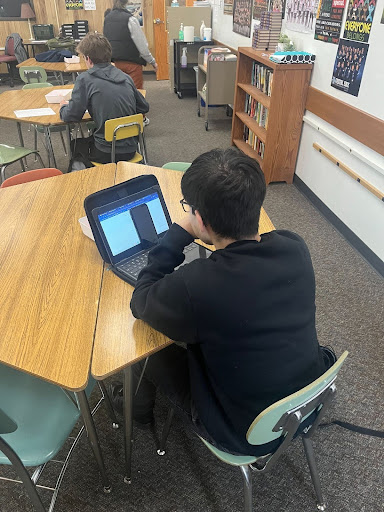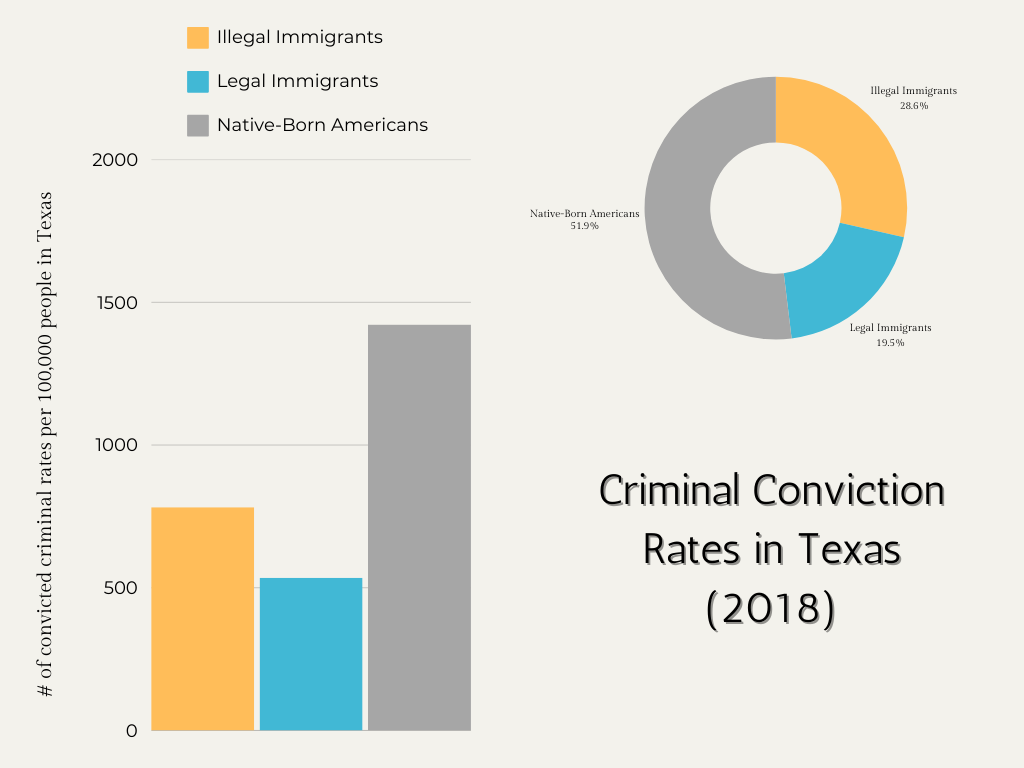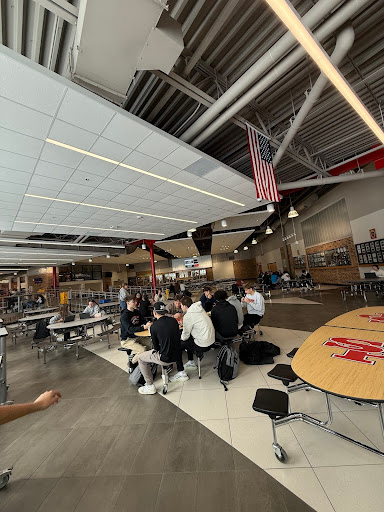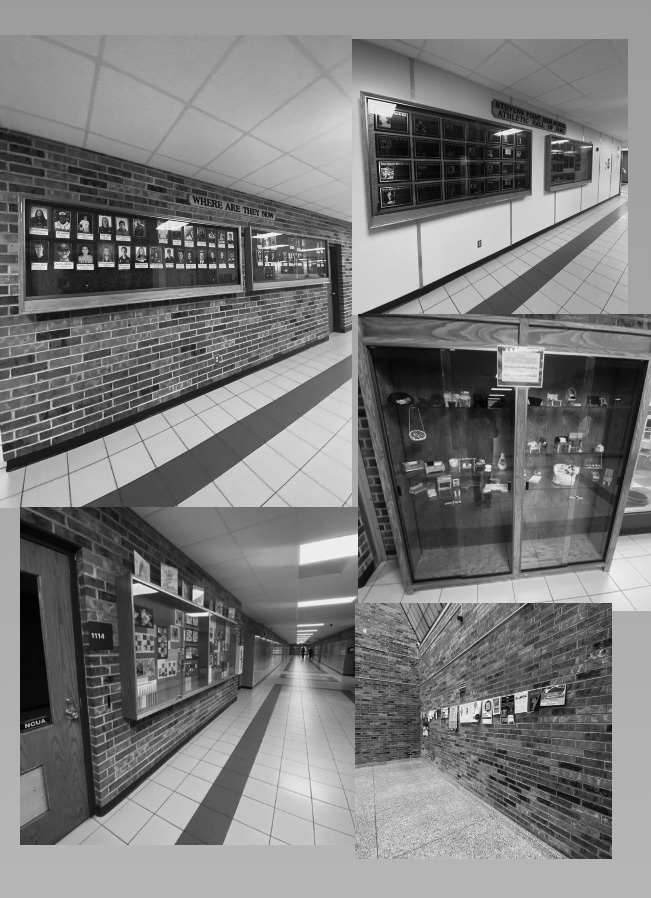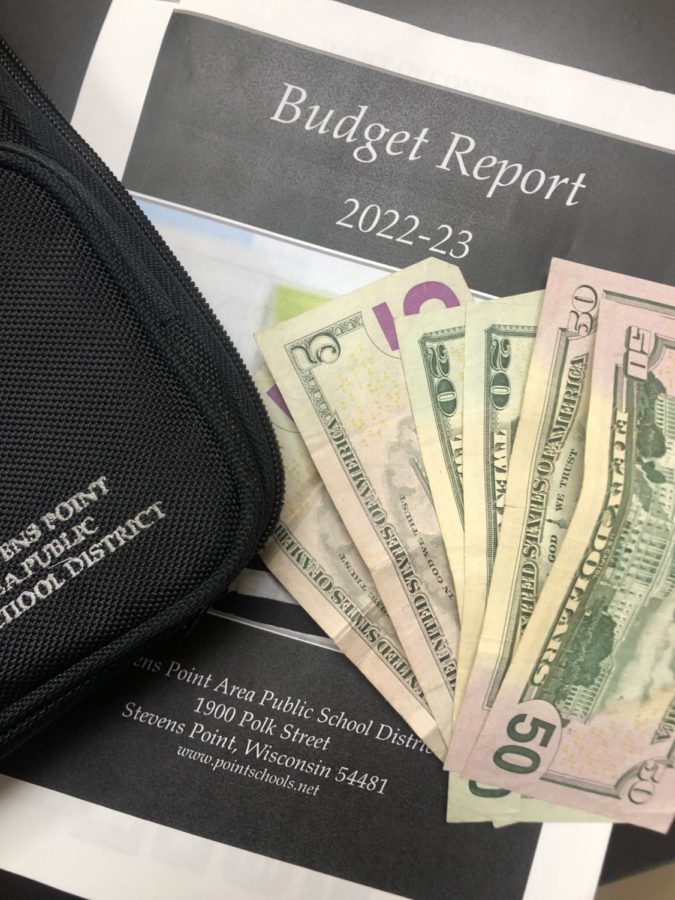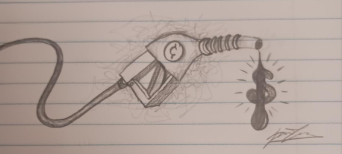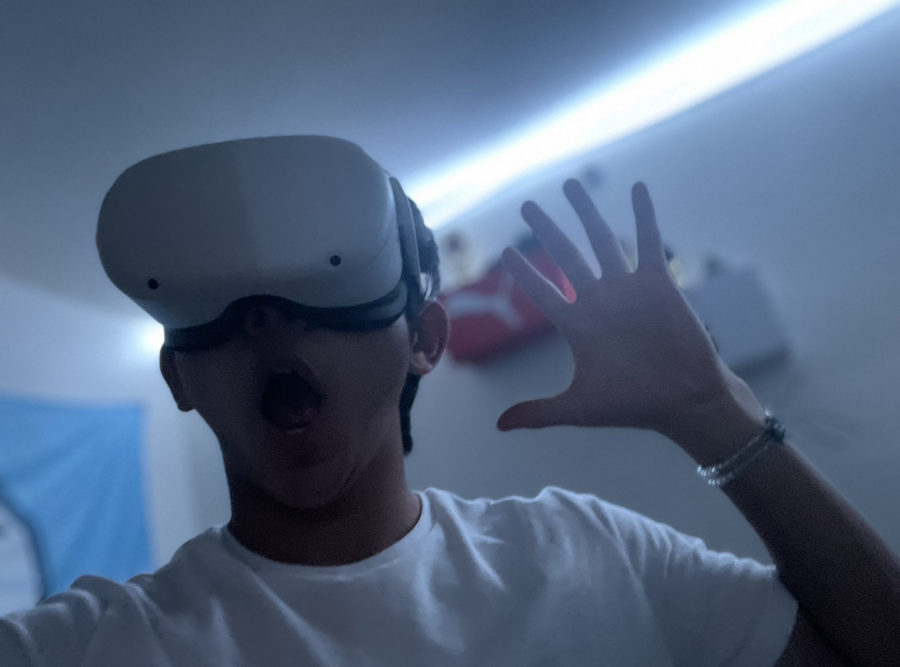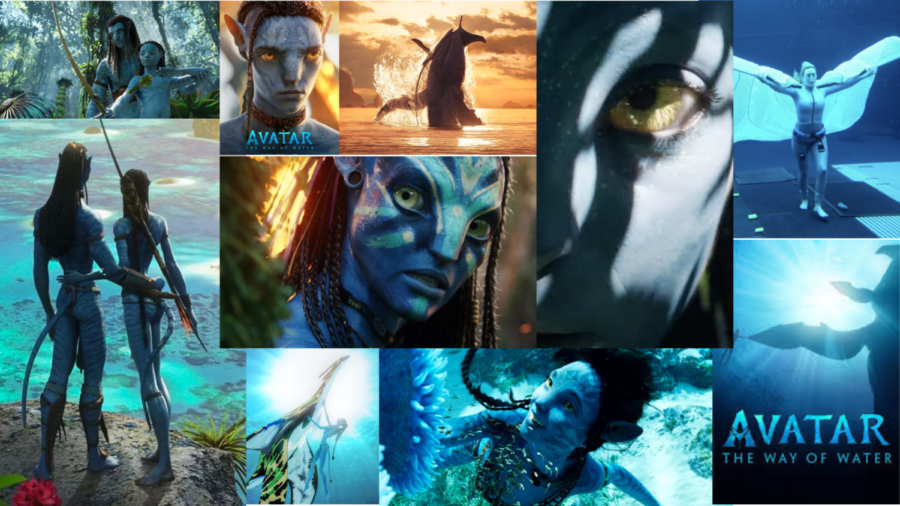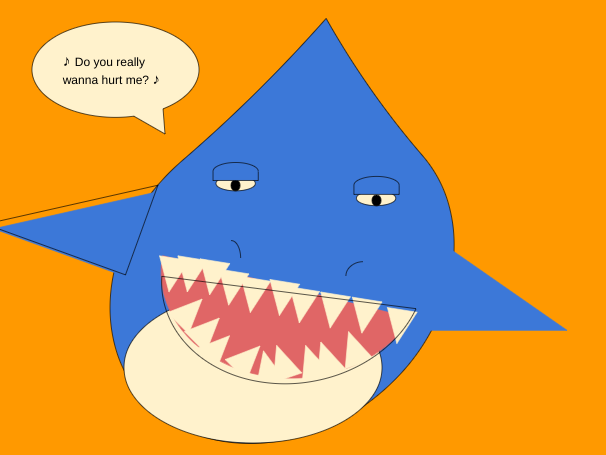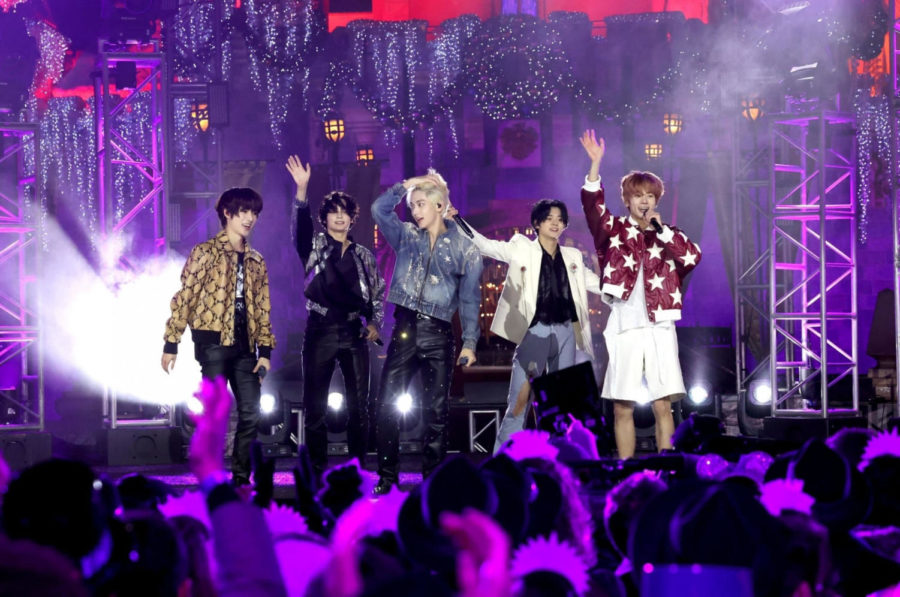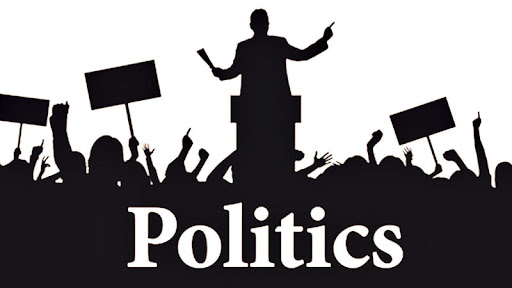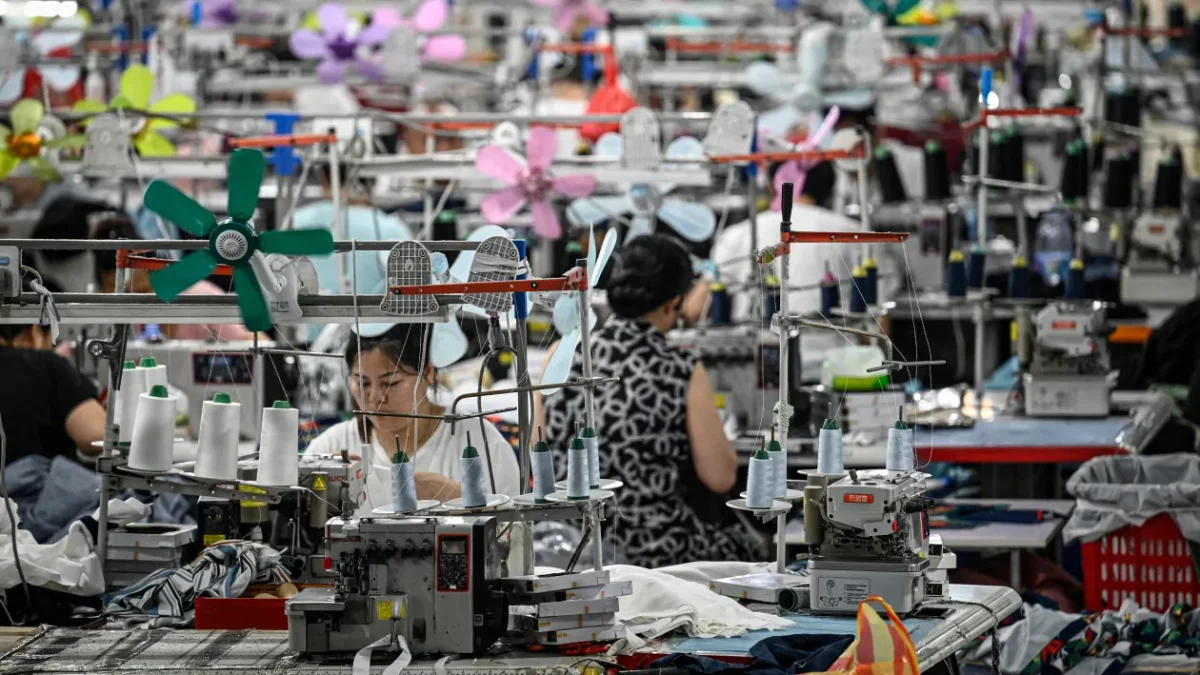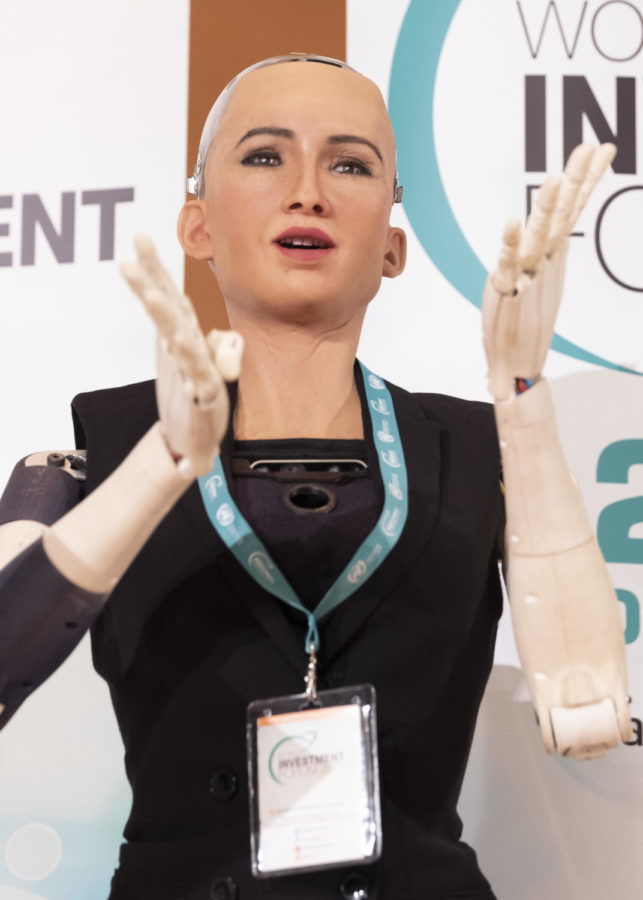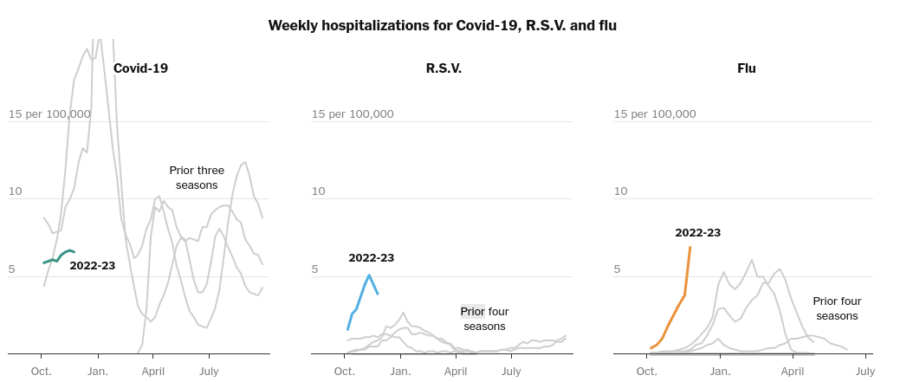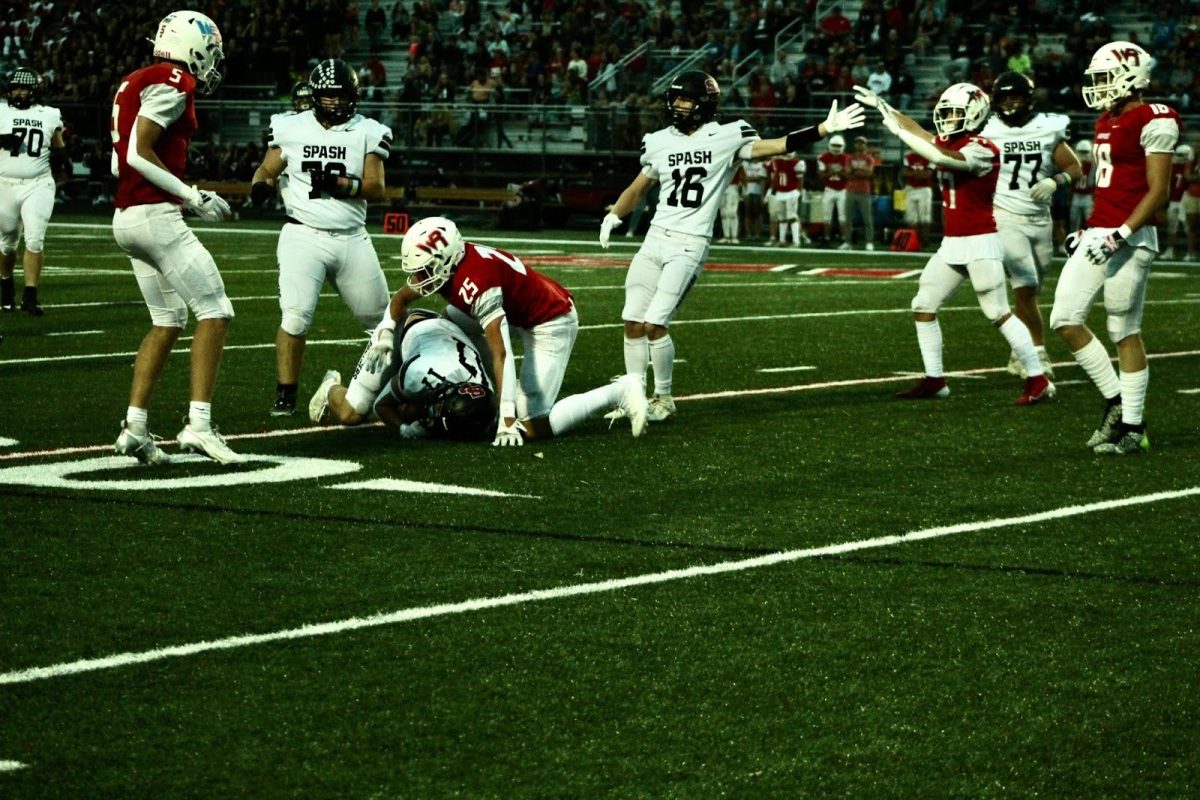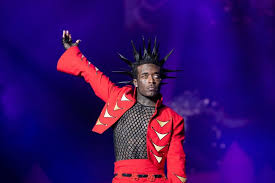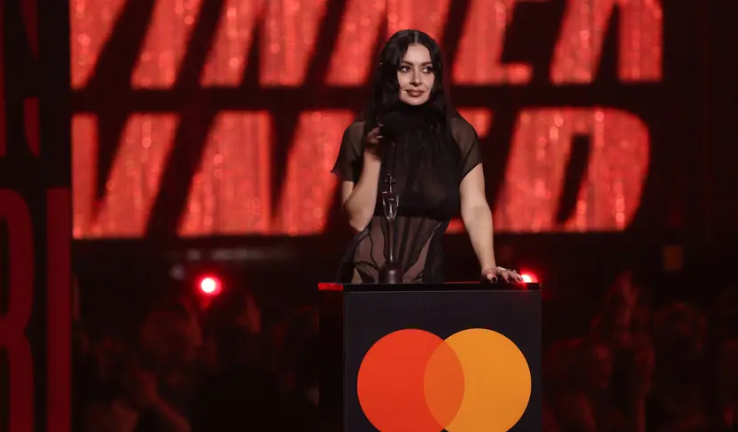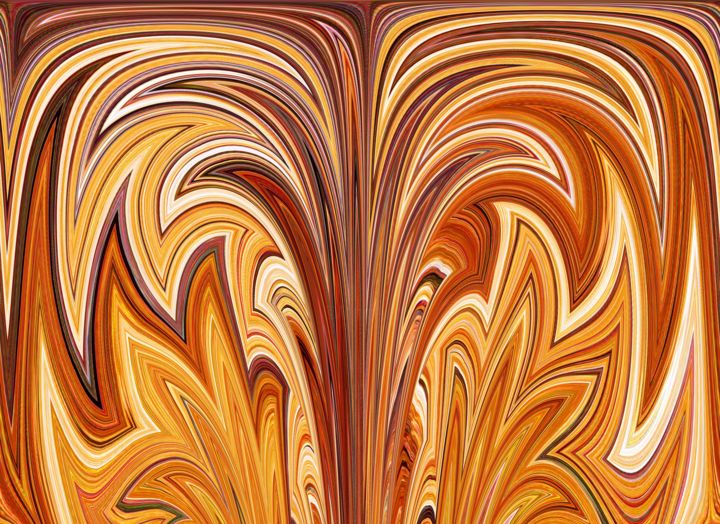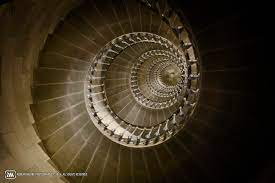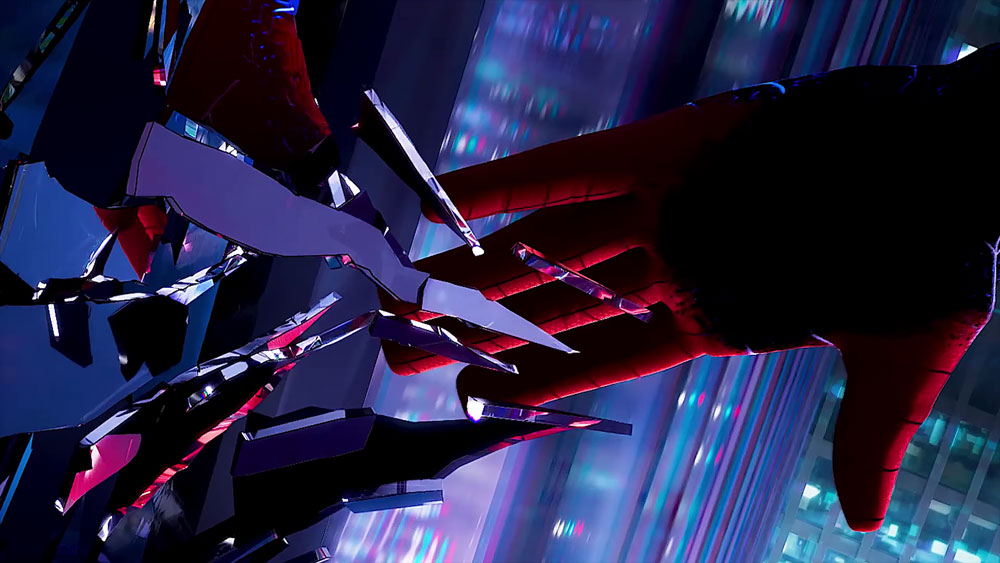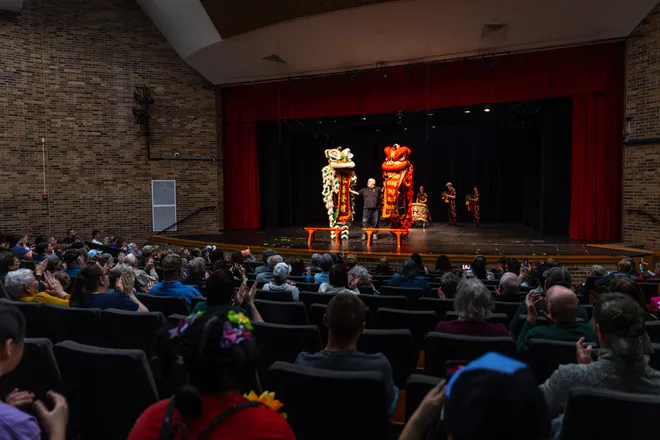In 1995, Disney and Pixar developed “Toy Story”, the highest-grossing picture of the year, earning nearly 400 million in worldwide ticket sales. Decades later, Disney restyled the highly acclaimed “The Lion King” into a live-action production, grossing over a billion dollars worldwide and shattering numerous records. Disney successfully recaptured, reimagined, and revolutionized what animation could truly be. Disney’s legacy was unmatched by any animation studio, setting a sky-high foundational norm for animation studios for decades to come. Despite Disney’s countless film successes, audiences are evolving, animation is diversifying, and innovation is replacing familiarity. Is Pixar’s era truly over? Or is animation moving in a new, more creative direction?
Disney’s Rise and Reign as the Animation “Gold Standard”
When we imagine Disney, we often picture the hand-drawn Mickey Mouse- a timeless icon embodying the spirit of imagination and adventure. It wasn’t until 1995 that Disney and Pixar flipped the notorious and spirited hand-drawn animation style to 3D computer animation. While the transition was primarily due to cost and efficiency, 3D animation offered a greater range of artistic styles and possibilities, including more complex characters, environments, and effects. Natalia Galicza, journalist of “Neither Infinite nor Beyond…”, encapsulates Walt Disney Studios’ advancement in the animation world.
Disney couldn’t tackle the new and challenging task of computer animation by itself. As a result, Disney partnered with the newly formed Pixar, and their formulation was quite the achievement for its time. Toy Story became the highest-grossing picture of 1995, achieving 400 million dollars in worldwide ticket sales, and is worth 800 million today. Galicza highlights “Nothing else quite like the film existed at the time, and its success signaled people wanted more”. Toy Story truly reimagined and reshaped the animation industry. Disney successfully evolved animation features, proving that technology didn’t need to sacrifice storytelling or soul to produce a successful animation piece. The box office success demonstrated that audiences were ready for something bold and unique, highlighting the visionary possibilities of animation as a form of art, not just entertainment.
Todd Vanderloop, Video Productions teacher at SPASH, expresses his perspective on the previous shift in animation style. “The animation during that time was seen as something ‘cool’. Animations and graphics are all evolving”. Disney’s studio grew flocks of praise and set a gold standard for the animation industry. Galicia expressed the following about Toy Story’s successful advancement in the animation world, “It was now expected of Pixar that every one of its films would similarly resonate and produce hundreds of millions-sometimes billions-of dollars at the box office” (Galicza). And so Pixar did. They released numerous highly acclaimed films like Up, Finding Nemo, and WALL-E, all accounting for over 500 million in gross earnings. However, as animation continues to evolve impressively, what individuals know as “the best” no longer guarantees relevance. Disney and Pixar’s legacy overshadowed their ability to adapt to their evolving audience, who were seeking something new.
Why Isn’t Disney Hitting the Same?
Disney and Pixar were booming, and while they composed several successful pieces, it was only a matter of time before their films fell short. One of Pixar’s latest releases, Lightyear, performed disconcertingly poorly at the box office. Debuted in June 2022, the film barely broke even on its 200 million budget. Grossing just under 227 million in ticket sales worldwide, Disney and Pixar were scrambling for money.
In May 2023, “Disney laid off 7,000 people in the first half of the year, as part of a more than $5 billion company-wide budget slash” (Galicza). Disney knew there was a concern about improving profitability. In June of 2023, Disney and Pixar released Elemental with the expectation of box office success. Instead, they endured the worst premiere day box office numbers they have ever seen. Of Elemental’s 200 million dollar budget, it earned only 44.5 million back in global sales during the opening weekend. Disney and Pixar’s recent box office numbers have underscored that Pixar’s magic is not hitting audiences the same way it once did. Some of Pixar’s most recent films have struggled to recapture the studio’s former recognition. So why is that?
“Very expensive,” Vanderloop claims. As a result of budget slashes, Disney made sacrifices.“ Disney and Pixar could not adapt like other animation studios. Major layoffs at Disney and Pixar not only marked financial cutbacks but signaled a need for change in animation. Letting go of long-time leaders highlighted a desire to break from their old ways and embrace new visions in animation. Galicza emphasized that the decision to let go of those who organized one of the studio’s latest disappointments sent a clear message: “A new era for animation has emerged yet again, though Pixar is no longer at the forefront.”
Spider-Verse: Transforming Animation Vision
While Disney and Pixar struggled to adapt to their changing consumers, Sony Animation opposed the long-standing golden standard and approached a unique animation style–hybrid animation–a technique that combines different animation styles to create a greater visual effect, even more so than computer animation. Directors of Spider-Verse wanted to offer audiences something refreshingly unfamiliar. The animation world was overflowing with standard visuals, but their bold and creative approach refined the animation game.
New York Times Journalist Charles Solomon interviewed Spider-Verse’s directors, Bob Persichetti, Peter Ramsey, and Rodney Rothman, on why they wanted to drift away from the repetitive, unexciting animation expectations. “We couldn’t rest on the conventions of animated films as we’ve known them,” Ramsey says, “We wanted to move away from that sameness”. Now, enter Spider-Verse. An attempt at a bold, unique, and visually stunning form of art, aside from the Disney and Pixar norm. The directors acknowledged the long-standing need for a creative shift. Their mission was clear: reinvent what an animation could look and feel like.
Despite directors going all in on the project, there was much skepticism from the crew at Sony Pictures Imageworks, the studio’s visual effects and animation unit. The concern from the crew didn’t stem from production costs or difficulty, but rather the golden standard. “We were asking people to break the production pipeline they’d spent decades building,” Director Rodney Rothom expressed. Many knew that breaking the animation tradition was not going to be easy. However, the Spider-Verse team pushed back against universal production systems, challenging animators to unlearn what they were taught by the book and embrace something different. The team’s willingness to disrupt the norm for animation reflected a larger movement for innovation.
And it did. In 2018, Spider-Man: Into the Spider-Verse was released and highly praised by countless audiences. Even with modest box office earnings, Into the Spider-Verse inspired visionary possibilities within the animation industry. Peter Ramsey expressed, “The film’s success encouraged studios and filmmakers to take risks on different kinds of animated films and ‘push the door open a little bit.’ Audiences were hungry for something new” (Solomon). Spider-Verse proved that risk can pay off. Their success was beyond entertaining and opened doors for new possibilities. Studios are now more willing to explore diverse animation styles and techniques. As audiences continue to embrace this variety, the future of animation has a vibrant, creative foundation laid. Their ability to formulate a bold and creative approach stood out to the evolving consumers.
How Audience Preferences are Shifting
Technology has advanced remarkably in the last few decades. Pixar has notably advanced its animation techniques for fur and hair, making them appear more natural and realistic, as seen in Toy Story 4. The virtual cinematography mimics the look and feel of real-world cameras and lenses, creating a more cinematic and immersive experience. While these techniques are impressive, audiences are not as captivated by the striking realism presented.
“Many recent American animated features look homogenized. More powerful computers and sophisticated software have made it possible to produce intricately detailed backgrounds and characters…But characters of all shapes and sizes seem to have very similar walks and runs and expressions” (Solomon). Modern animated films have started to look and feel identical. From the facial expressions to character movements, there is a feeling of constructed sameness that can make even visually stunning films feel predictable to new audiences. This creative stability illustrates how technical advances did not equate to the audience’s voice.
“As the studio’s new generation vies to find its voice, in an era when animation feels more competitive and diverse than ever, that voice, it seems, fails to register. ‘I think today’s audiences, modern young audiences to be specific, are not as nostalgic about Pixar as millennials and Gen Xers who have been growing up on it for close to 30 years, and instead, they’re gravitating toward different types of animation, different studios, different brands,’ says Shawn Robbins, chief analyst at Box Office Pro” (Galicza). Today’s younger generations aren’t compelled by the same nostalgia that fueled Pixar’s gold standard. They are exploring animations that reflect different voices, cultures, and styles. It’s not the animation that’s declining, but rather diversifying. Therefore, audiences crave fresh content, which has been highlighted in the Box Office numbers.
*
Our society constantly evolves, so innovations and perceptions are shifting. Toy Story was generational for its time and re-examined the endless creative possibilities through 3D animation. But what once defined the animation standard no longer holds the same impression. Disney and Pixar’s legacy is unquestionable, reconstructing storytelling and the visual era. But their magic isn’t fading, it’s been redefined. Sony Animation led a new wave of embracing the risk of diversifying its style to change audiences. As animation continues to break barriers and adopt unique visionary ways, one thing is clear: The future for animation does not lie in the past, but in daring to see the opportunities we have yet to see.

